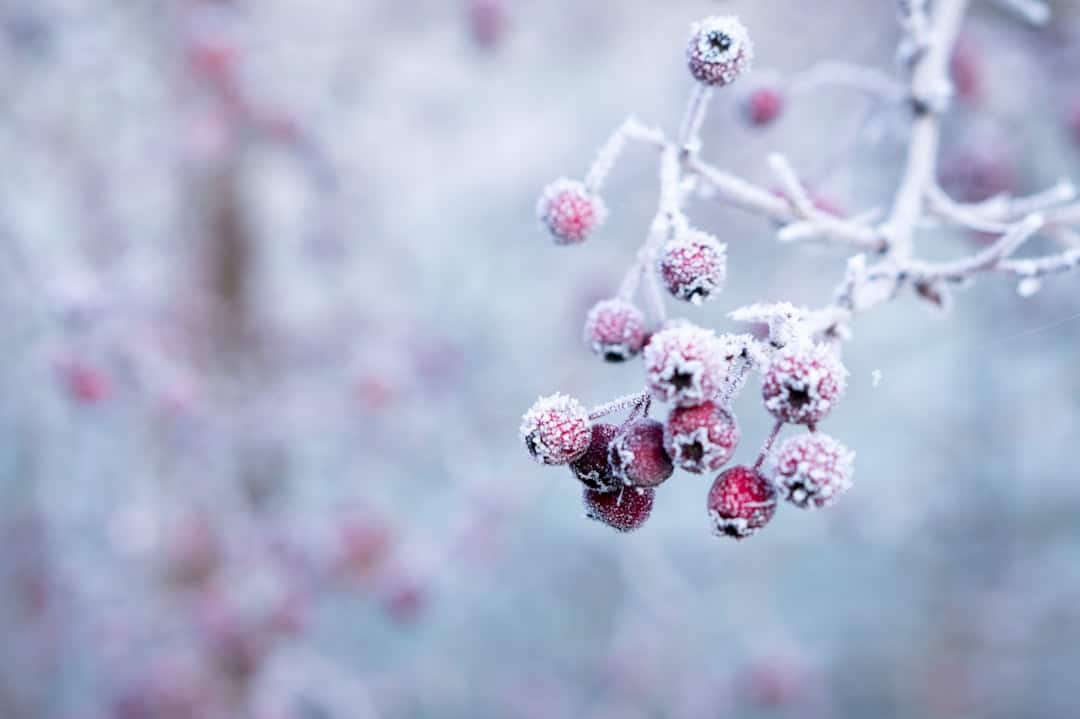|
IN SHORT
|
Japan, land of millennia-old traditions and breathtaking landscapes, attracts millions of travelers each year in search of discoveries. But among the seasons that punctuate this fascinating country, which is really the best to venture there? Between cherry blossoms, vibrant festivals and snow-capped mountains, the choice can seem overwhelming. In this article, we’ll reveal the surprising answer to this question, allowing you to plan your trip at the perfect time to fully enjoy all that Japan has to offer.
A captivating adventure in Japan
Japan, a fascinating country combining age-old traditions and dazzling modernity, attracts millions of travelers every year. The question of the ideal time to visit this popular destination remains a mystery to many. This article offers you an exploration of the different seasons, cultural events and climates, while highlighting the surprises that Japan has in store for you at each time of the year.
The seasons in Japan: an unparalleled panorama
Japan is distinguished by four distinct seasons, each offering a unique experience to visitors. Whether you are a fan of cherry blossoms in spring, summer activities, flamboyant colors in autumn or winter sports, each season has its charms.
Spring: The awakening of nature
Spring, from March to May, is undoubtedly the most famous time to visit Japan thanks to the blossoming of cherry trees. THE hanami, or sakura festivals, draw crowds to parks like Ueno in Tokyo or Hirosaki Castle Park. This period is ideal for appreciating the beauty of the landscapes and immersing yourself in Japanese culture.
Summer: A vibrant and festive season
Summer, from June to August, offers a different experience, with colorful festivals and celebrations. Matsuri, traditional events, light up the streets of cities like Kyoto and Osaka. However, be prepared for intense heat and humidity, especially in July and August. The beaches of Okinawa and the mountains of Nagano offer a welcome respite during this time.
Autumn: Bright colors
From September to November, autumn transforms the Japanese landscape into a canvas of warm colors. Japanese maples, or momiji, take on incredible colors. This is the perfect time to explore the temples and gardens through mountain walks. If you are a photography lover, this season will be a real feast for your eyes.
Winter: Magic and serenity
The winter months, from December to February, reveal another side of Japan. Ski resorts, such as Hakuba and Niseko, attract winter sports enthusiasts. The villages, covered in snow, offer enchanting landscapes, and the festivals of snow such as the Sapporo Snow Festival are must-sees. It is also the period of onsen (hot springs), offering an unforgettable relaxing experience.
Cultural events: Moments not to be missed
Aside from the natural beauty of the seasons, Japan is rich in cultural events that add extra appeal to every time of the year. Festivals, traditional ceremonies and modern events enrich the travel experience.
Hanami: Cherry Blossom Festival
This spring festival is a celebration of the arrival of sakura. Japanese people gather with friends and family to picnic under flowering trees, creating a jovial and colorful atmosphere. It is a perfect opportunity to discover Japanese traditions and savor the typical dishes of this era.
Tanabata: The Star Festival
Celebrated in early July, Tanabata is based on a significant legend of lovers, Orihime and Hikoboshi. The Japanese decorate bamboo branches with wishes written on pieces of colored paper. Participating in this festival gives an insight into Japanese customs while enjoying a festive atmosphere.
Obon: A tribute to the ancestors
In August, Obon is a sacred time when Japanese people honor the memory of their ancestors. Bon Odori dances, illuminated lanterns and religious rites are all elements that bear witness to the spirituality and tradition deeply rooted in Japanese culture. It’s a quieter time but full of meaning.
Snow Festivals: Unique Winter Experiences
Snow festivals, such as the one in Sapporo, offer a fascinating spectacle of ice and snow sculptures. Attending these events will allow you to experience Japan from a completely different perspective and taste local specialties, like hot and sweet mochi ramen.
| Period | Benefits |
| March to May | Cherry blossoms in full bloom, mild weather. |
| June to August | Summer festivals, seasonal cuisine, festive atmosphere. |
| September to November | Colorful autumn leaves, ideal temperate climate. |
| December to February | Winter sports season, end-of-year atmosphere. |
- Spring (March to May) : Cherry blossom festival, picturesque landscapes.
- Summer (June to August) : Colorful festivals, but intense heat and humidity.
- Fall (September to November) : Vibrant maple leaves, pleasant temperatures.
- Winter (December to February) : Snow in Hokkaido, famous ski resorts.
- Gion Festival (July) : Cultural and traditional shows in Kyoto.
- New Year (January) : Unique celebrations, ancestral traditions.
- Seasonal Events : Access authentic local experiences.
- Fewer tourists : Traveling out of season allows you to avoid the crowds.
- Optimized budget : Best deals outside peak periods.
- Moderate weather : Spring and autumn for an ideal climate.
The Japanese climate: Impressive and varied
The climate can, of course, influence your choice of travel. Understanding climate variations is essential to planning your trip.
Spring: Softness and lightness
The weather is generally mild in spring, with temperatures varying between 10 and 20°C. Sunny days are frequent, perfect for enjoying the enchanting landscapes. However, showers can occur, especially in April, so bringing an umbrella may be wise.
Summer: Hot and humid
Summer can be very hot, with temperatures reaching 35°C. Humidity is also high, which can make visits a little challenging. This may be a good time to explore in the morning or evening, when temperatures are milder.
Autumn: Pleasant temperatures
The mild autumn days, with temperatures ranging from 15 to 25°C, make it an excellent time to travel. The temperatures are pleasant and the clear skies allow you to appreciate the colorful landscapes of the maple trees. A real treat for those who love to explore.
Winter: Cold and snowy
Winter temperatures can drop to 0°C or below, particularly in northern Japan. This attracts winter sports enthusiasts, but dressing well is crucial. The mountain regions and ski resorts shine with a thousand lights and offer a magical setting.
The different places to visit depending on the season
Places to explore in Japan may vary depending on the time period you choose. Each season, certain places reveal all their splendor.
Spring: The essentials
Don’t miss emblematic sites like Kyoto, with its temples surrounded by cherry blossoms, or Tokyo, where the parks offer a real spectacle. Events like the Shinjuku Gyoen and the Shosenkyo Park are perfect for a spring walk.
Summer: Beaches and festivals
Okinawa and the surrounding islands are ideal for enjoying the sea. Festivals such as Kyoto’s Gion Matsuri will immerse you in the local culture. Also explore the Nagano Mountains for refreshing hikes.
Autumn: Fiery landscapes
Mountainous regions, like Hakone and Nikko, are beautiful in the fall. This is the perfect time to visit temples, such as the Kinkaku-ji temple, known for its reflection in the pond, accentuated by the surrounding flamboyant colors.
Winter: Snowy Adventures
Explore the ski resorts of Hokkaido, enjoy the magnificent landscapes of Niseko and don’t forget to discover the typical villages and their onsen. Visiting the city of Sapporo during the snow festival is an unforgettable experience.
Preparing for a trip to Japan
To get the most out of your stay, it is essential to prepare properly. Here are some suggestions for traveling with peace of mind.
Visa and formalities
Check if you need a visa to enter Japan. Most travelers can benefit from a visa waiver for stays of less than 90 days. Make sure your passport is valid and you have the necessary documents.
Plan your route
Establish a clear itinerary taking into account the seasons, events and places to visit. The use of carts Japan Rail Pass can be very advantageous for exploring without constraints. Also plan for rest time to enjoy the present moment.
Suitable packaging
Depending on the chosen season, adapt your clothes. Light, comfortable clothes for summer, a good jacket for spring and fall, and warm clothes for winter. Don’t forget comfortable shoes for walking in cities.
Some tips to make the most of your trip
To have an immersive and enjoyable experience in Japan, here are some practical tips to keep in mind.
Respect local customs
Respect for traditions and customs is essential for interacting with locals. Learning a few words in Japanese can also facilitate communication and earn you sympathy.
Embrace the culinary culture
Don’t miss out on tasting typical dishes, whether sushi in Tsukiji or ramen in Yokohama. Local markets are full of regional specialties to savor. Also explore the izakayas, for an immersion in the atmosphere of Japanese bars.
Explore beyond the beaten path
Beyond the big cities, discover the charms of small towns and traditional villages, like Takayama or Shirakawa-go. These places offer an authentic vision of Japan.
Dive into traditions
Participate in tea workshops, festivals or calligraphy ceremonies to gain first-hand insight into unique cultural practices. These moments enrich your travel experience.
A memorable trip to Japan
Finally, each season offers a varied palette of discoveries and explorations in Japan. Whether you choose the spring for the flowers,summer for the heat, theautumn for the colors, or thewinter for its magical side, your trip promises to be unforgettable. The diversity of this country means that there is always something new to discover!
Interesting links to explore
- Futuristic cities of the world
- Tokyo and its mysterious mist
- Cultural shocks abroad
- The story of Masahito Yoshida
Frequently asked Questions
A: The best month to visit Japan is usually April, when the cherry trees are in bloom.
A: Yes, autumn is also a magnificent time, especially in October and November, thanks to the colorful foliage.
A: July and August can be very hot and humid, which can make the trip less pleasant.
A: The holiday season can be very popular, but prices are often higher and tourist spots are busier.
A: The climate varies greatly from season to season: springs are mild, summers hot, autumns cool and winters cold.

